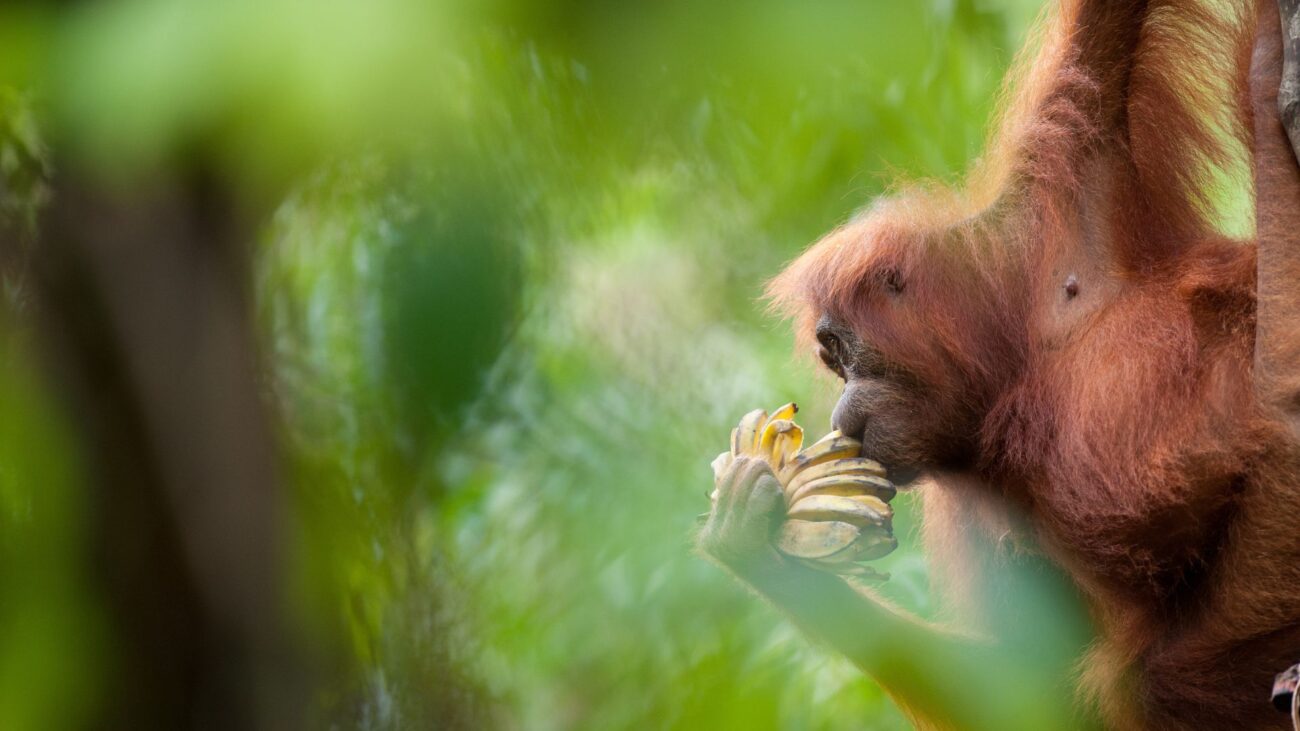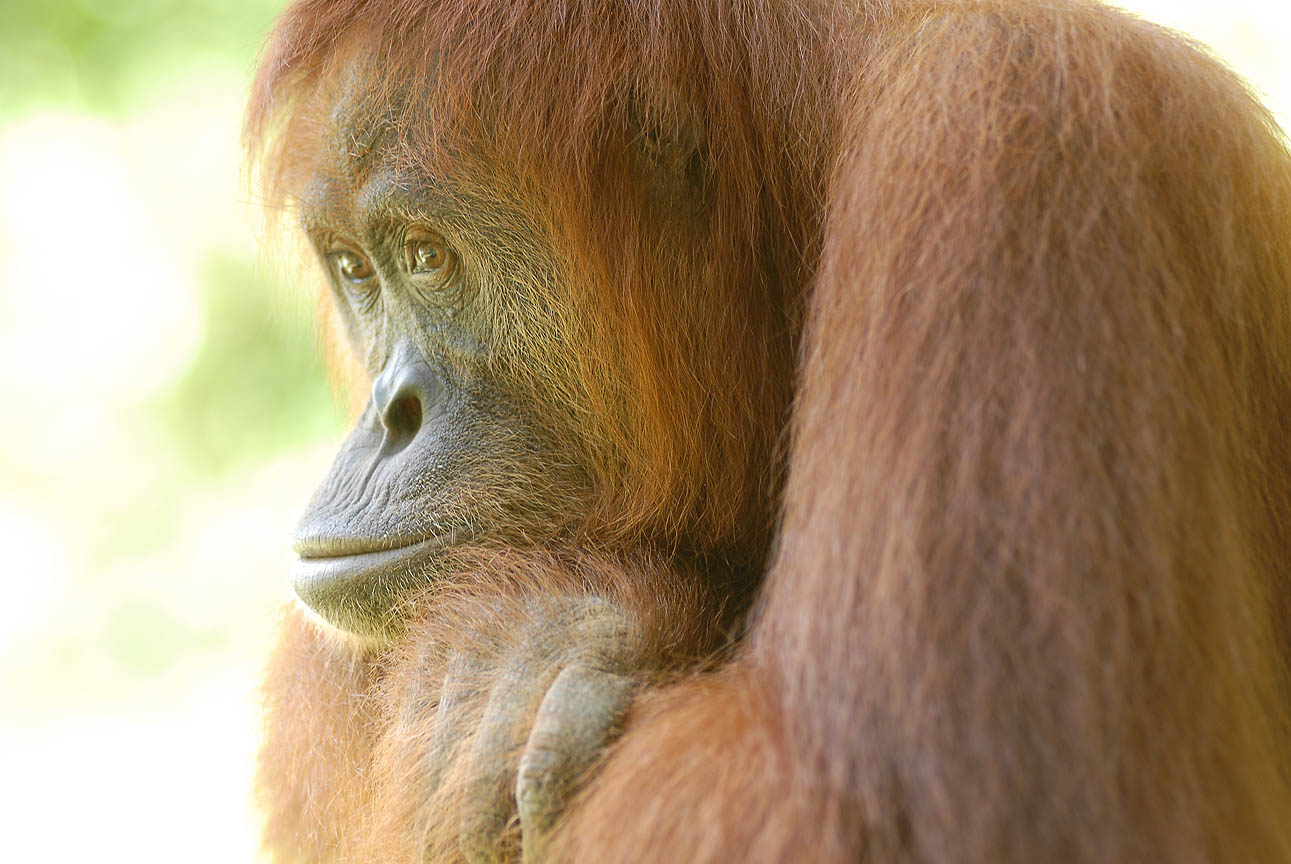
Orangutans live in unpredictable and ever-changing environments. Their ability to adapt and thrive offers valuable lessons for human health and diet management, researchers say. Whether it’s feast or famine, these remarkable apes adapt with flexible eating patterns.
From 15 years of first-hand observations of wild orangutans, researchers have found that they have an in-built system for balance. Their bodies shift between using carbs, fats, and proteins depending on what’s available, helping them remain metabolically flexible.
Orangutans are one of our closest living relatives, sharing similar physiological and metabolic processes, including the ability to shift metabolism in response to food availability. However, modern human diets, with high levels of ultra-processed foods, interfere with this adaptation.
Another distinction is that orangutans adapt to conserve energy. When fruit, rich in carbs and energy, is scarce, they reduce their activity levels — resting more, travelling less, and spending less time with other orangutans. They also eat more leaves, bark, and seeds, which are high in protein.
This research shows the importance of dietary balance and metabolic flexibility, and gives insight into the evolutionary adaptations in our common ancestor. It also highlights the importance of protecting and connecting orangutan habitats to ensure they can thrive, and not just survive.
Reference: Vogel ER et al (2025) Integrated behavioral and metabolically flexible responses of wild orangutans to ecologically driven dietary variation. Sci Adv. 2025 Aug 29;11(35):eadv7613. doi: 10.1126/sciadv.adv7613.
You can help protect Sumatra's Orangutans. Click to get updates
